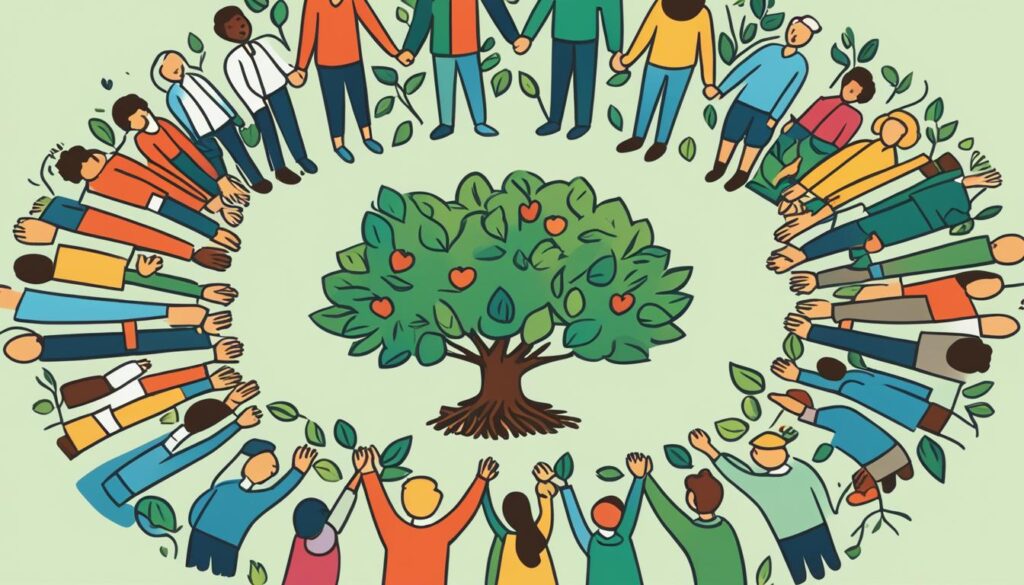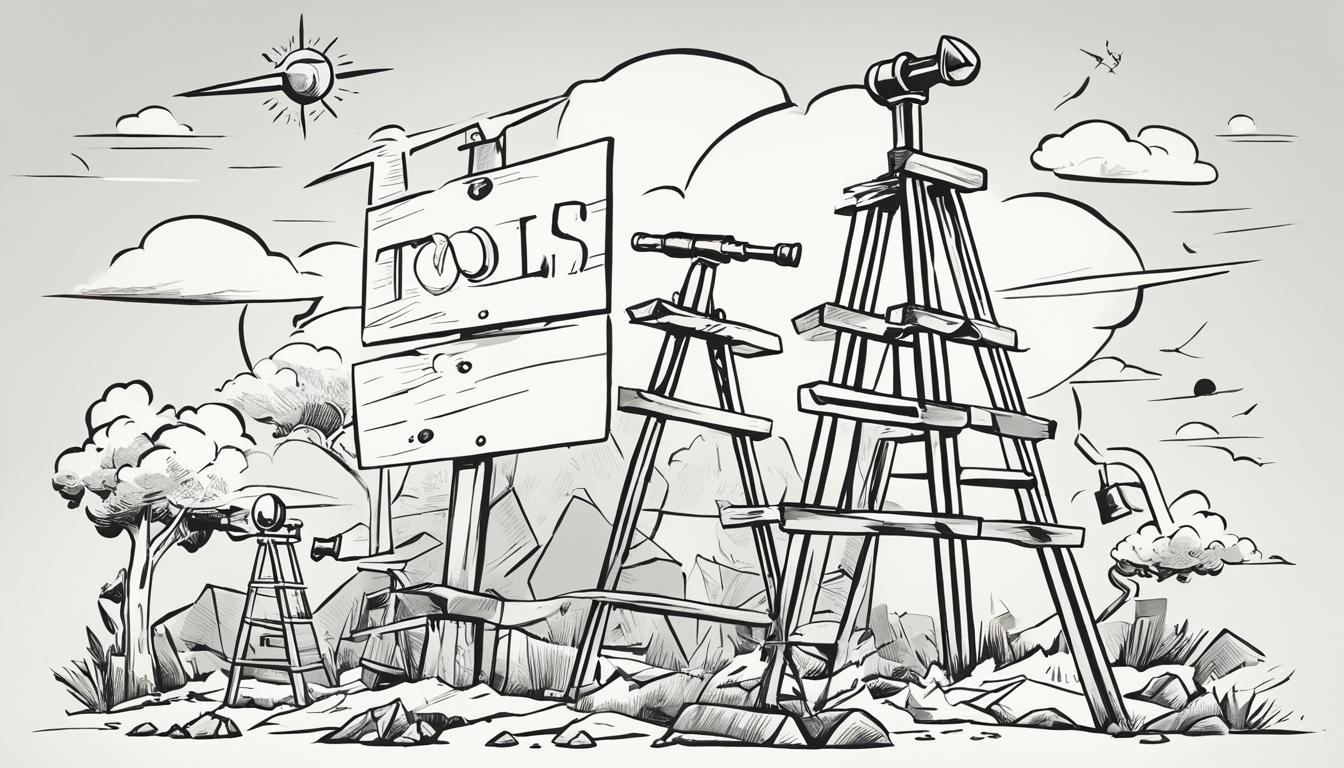In this book summary, we will explore the insights and strategies shared by Kerry Patterson in “Crucial Conversations: Tools for Talking When Stakes are High.” As humans, we engage in conversations every day, but crucial conversations are a different ball game. These discussions can be difficult, uncomfortable, and emotionally charged because they involve high stakes. Patterson’s book offers effective communication techniques and tools to help you navigate these conversations and improve your relationships. Let’s dive in and discover the power of crucial conversations!
Understanding Crucial Conversations
Crucial conversations are discussions that involve high stakes, strong emotions, and opposing opinions. Understanding the importance of these conversations is crucial to developing effective communication skills. When handled correctly, they can lead to meaningful resolutions and stronger, more positive relationships.
Why are crucial conversations important?
Often, crucial conversations involve tough topics that people tend to avoid, such as conflicts with colleagues or family members. These conversations can have a significant impact on our personal and professional relationships. Avoiding them can lead to misunderstandings, resentment, and even escalation of the issue at hand. By mastering the art of crucial conversations, individuals can develop the confidence to tackle challenging topics and strengthen relationships in the process.
Examples of Crucial Conversations
Crucial conversations can take many forms, but generally, they involve situations where there are high stakes and opposing views. Here are some examples of crucial conversations:
| Situation | Example |
|---|---|
| Workplace Conflict | A disagreement between team members regarding a project’s direction |
| Family Discussion | A conversation about a family member’s health and treatment options |
| Community Engagement | A conversation with neighbors regarding noise levels or property boundaries |
These are just a few examples of situations that may require critical conversation skills. By identifying the need for a crucial conversation and applying effective communication techniques, individuals can learn to approach these discussions with confidence and achieve positive outcomes.
The Four Elements of a Crucial Conversation
To effectively navigate challenging discussions, it is essential to understand the four key components of a crucial conversation. These components are:
| Element | Description |
|---|---|
| 1. Content | The subject matter or topic being discussed. |
| 2. Conditions | The overall setting, environment, and mood of the conversation. |
| 3. Emotions | The feelings and reactions triggered by the discussion. |
| 4. Identity | How the conversation impacts the individual’s self-image and self-worth. |
By recognizing and addressing each of these elements in a diplomatic manner, you can create a safe and productive space to have a crucial conversation. Keep in mind that it is essential to address all four elements to ensure a successful outcome.
Establishing Safety and Mutual Purpose
In any crucial conversation, establishing safety and mutual purpose is crucial to creating an environment that fosters productive dialogue. Safety means creating a space where all parties feel respected and comfortable expressing their thoughts and feelings without fear of judgement or retribution. Mutual purpose means ensuring all parties understand that they are working towards a common goal.
To establish safety, actively listen to the other party and acknowledge their feelings and concerns. Use “I” statements instead of “you” statements to avoid putting others on the defensive. Additionally, be aware of your nonverbal communication, such as body language and tone of voice, as they can convey your attitude and emotions.

“Safety and mutual purpose help all parties understand that they are working towards a common goal.”
By establishing mutual purpose, all parties involved feel invested in the conversation and work towards finding a collaborative solution. To establish mutual purpose, identify common goals and interests and work towards them. Additionally, make it clear that you are willing to listen to other perspectives and collaborate to reach a solution that benefits all parties.
Mastering Dialogue Skills
Effective dialogue skills are essential to navigate high-stakes conversations successfully. By mastering these skills, you can build stronger relationships and achieve better outcomes.
Active listening is a crucial component of dialogue skills. It involves paying attention to the speaker, clarifying meaning, and withholding judgment. When we listen actively, we validate the speaker’s perspective, which fosters mutual understanding and creates a safe space for discussion.
Asking open-ended questions is another strategy to facilitate meaningful conversations. These questions invite the speaker to share more information, which can lead to deeper insights and better solutions. Closed-ended questions, on the other hand, stifle discussion and may shut down dialogue.
Managing emotions is also a critical aspect of dialogue skills. During high-stakes conversations, emotions can easily escalate and undermine the conversation’s productivity. By learning to recognize and manage our emotions, we can stay calm and engage in constructive dialogue.
“Dialogue is the most effective way of sharing our perspectives and learning from others. By mastering dialogue skills, we can engage in meaningful conversations and build stronger relationships.”
Handling Strong Emotions
During crucial conversations, strong emotions can easily arise, leading to unproductive and even damaging discussions. However, it’s possible to handle these emotions effectively to facilitate constructive dialogue. Here are some techniques to help you stay calm and defuse tension:
- Recognize your emotions: Acknowledging and labeling your emotions can help you regulate and manage them effectively.
- Practice empathy: By putting yourself in the other person’s shoes, you can better understand their emotions and perspective, fostering mutual respect and understanding.
- Take a break: If emotions are running high, it’s okay to take a break from the conversation to cool down and collect your thoughts.
- Breathe: Take deep breaths to calm your nerves and reduce tension.
By handling strong emotions in a constructive way, you can stay focused on the issue at hand and find common ground with the other person. Remember that effective communication involves both listening and speaking, so allow the other person to express their emotions and concerns as well.
“By learning to handle strong emotions during crucial conversations, you can build trust, empathy and communication skills that will help you navigate all kinds of situations.” – Kerry Patterson
Creating Sustainable Change
Developing effective communication skills is an ongoing process that requires consistent effort and practice. To ensure that the lessons learned from this book have a lasting impact on your relationships, it’s important to focus on creating sustainable change in your conversations.
One way to achieve this is by establishing a feedback loop with the people you communicate with regularly. Encourage open and honest feedback about your communication style and actively listen to the feedback provided to identify potential areas for improvement. Regular check-ins like this can help you identify recurring issues and make relevant adjustments in real-time.
Another strategy for creating sustainable change is by setting clear communication goals for yourself. Whether it’s improving active listening or managing your emotions during difficult conversations, setting achievable goals for yourself can help motivate you towards long-term improvement.
It’s also important to remember that creating sustainable change requires patience and a willingness to learn from your mistakes. As you navigate challenging discussions, be mindful of your progress and reflect on areas for continued growth.
“Sustainable change is not a destination – it’s a journey.”

By integrating the insights and strategies from this book into your daily interactions and committing to ongoing learning and growth, you can create sustainable change in your conversations and build stronger, more meaningful relationships as a result.
Overcoming Common Communication Roadblocks
Communication roadblocks can impede productive dialogue and negatively impact personal and professional relationships. By identifying and overcoming these obstacles, you can create a safe and inclusive environment for crucial conversations.
Common communication roadblocks include:
| Roadblock | Description |
|---|---|
| Defensiveness | When someone feels attacked or criticized, they may become defensive and shut down the conversation. |
| Emotional Triggers | Strong emotions, such as anger or frustration, may hinder productive dialogue and cause the conversation to veer off track. |
| Power Struggles | Unequal power dynamics can make it difficult to have open and honest conversations. |
| Cultural Differences | Diverse backgrounds and cultural norms can cause misunderstandings and miscommunications during crucial conversations. |
To overcome these communication roadblocks, it’s important to foster a safe and inclusive environment by establishing mutual purpose and striving for dialogue instead of debate. Avoid making assumptions and take time to actively listen and acknowledge the other person’s perspective. Use “I” statements to express your own thoughts and feelings, rather than placing blame or judgment on others.
With these strategies in mind, you can overcome common communication roadblocks and navigate difficult discussions with confidence.
Applying Crucial Conversations in Various Settings
By mastering the art of Crucial Conversations, you can improve communication in various settings, including personal relationships, community relations, and the workplace. Here are a few examples of how to apply the skills you’ve learned:
Personal Relationships
When it comes to personal relationships, having a conversation with someone you care about can be challenging. Here, applying the skills you’ve learned in Crucial Conversations can make a significant difference. Try to approach the conversation with a calm demeanor, create a safe and open environment, and establish mutual goals. In doing so, you can create a solid foundation to build upon.
Community Relations
If you find yourself facing a contentious community conversation, you can apply the same principles as you would in a personal relationship. Not only can it lead to more positive outcomes, but it can also help cultivate a more inclusive and welcoming environment.
The Workplace
In the workplace, applying Crucial Conversations can lead to better collaboration between team members and encourage more productive discussions. Try to be empathetic, listen to what your colleagues have to say, and avoid shutting down conversations prematurely. Doing so can enable you to create long-term solutions instead of temporary fixes.
“The single biggest problem with communication is the illusion that it has taken place.” – George Bernard Shaw
Don’t fall into the trap of thinking that communication has happened. When it comes to important conversations, it’s imperative to remain vigilant and never stop applying the skills you’ve learned in Crucial Conversations. Doing so can ensure continued success throughout your personal and professional life.
Conclusion
Effective communication is a vital skill that can help you navigate challenging discussions and build stronger relationships. Kerry Patterson’s “Crucial Conversations: Tools for Talking When Stakes are High” offers valuable insights and strategies to master the art of crucial conversations. By understanding the importance of safety, mutual purpose, and dialogue skills, you can create a conducive environment for productive discussions. Additionally, by learning how to handle strong emotions, overcome communication roadblocks, and apply these strategies in various settings, you can achieve better outcomes and create sustainable change.
Remember, mastering the art of crucial conversations takes time and practice. However, by incorporating the techniques shared in this book, you can achieve meaningful dialogue that leads to positive outcomes. So, pick up a copy of “Crucial Conversations: Tools for Talking When Stakes are High,” and start your journey towards better communication today.



